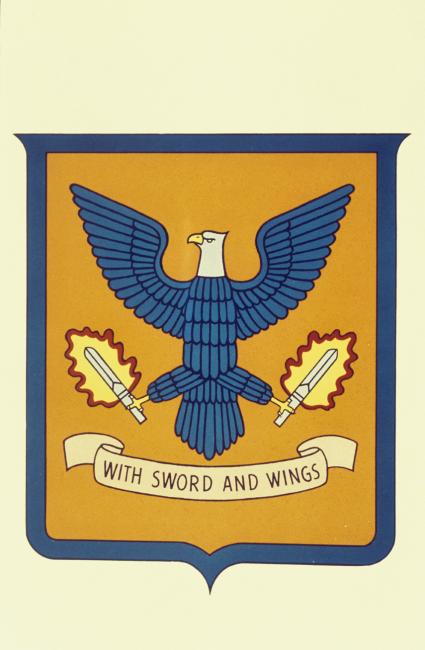VIII Fighter Command FO-209 BOMBER ESCORT
24 December 1943Description
This fighter mission is despatched to provide escort to bombers that are attacking V-Weapon sites near the Pase-de-Calaise, France. The operation has three elements. The first element is a force of 40 P-38s from 55FG. There are no losses or claims.
The second element is a combined forc of 459 P-47s from: 4FG; 56FG; 78FG; 352FG; 353FG; 355FG; 356FG; 358FG; and 359FG. There are no losses of aircraft to combat but three are involvoed in crashes upone retrun, pilots OK, 3RTD. There are no claims on enemy aircraft.
The third element is a force of 42 P-51s from 354FG (9th Air Force) operating under VIII Fighter Command constrol. There are no losses or claims.
Mission Details
PAS DE CALAISE
Description: FIGHTER ESCORT
Aircraft Type: P-38 Lightning

- Unit Hierarchy: Group
- Air Force: Eighth Air Force
- Type Category: Fighter
Mission Statistics
- Aircraft sent: 40
PAS DE CALAISE
Description: FIGHTER ESCORT
Aircraft Type: P-47 Thunderbolt
Notes: 354th Fighter Group of IX Fighter Command contributes 42 P-51s to the escort. (9th Air Force totals not included in totals)

- Unit Hierarchy: Group
- Air Force: Eighth Air Force
- Type Category: Fighter

- Unit Hierarchy: Group
- Air Force: Eighth Air Force
- Type Category: Fighter

- Unit Hierarchy: Group
- Air Force: Eighth Air Force
- Type Category: Fighter
![Ground crew of the 356th Fighter Group congratulate the pilot of a P-47 Thunderbolt nicknamed "Zombie" at Martlesham Heath air base. Handwritten caption on reverse: 'ZOMBIE yellow, black outline. [illegible text] black white common practice of 361st FS.'](https://assets.americanairmuseum.com/s3fs-public/styles/max_650x650/public/freeman/media-377162.jpg?itok=mPZN0Ow5)
- Unit Hierarchy: Group
- Air Force: Eighth Air Force
- Type Category: Fighter

- Unit Hierarchy: Group
- Air Force: Eighth Air Force
- Type Category: Fighter
Mission Statistics
- People returned to duty: 3
- Aircraft sent: 459
- Aircraft damaged beyond repair: 3
Connections
See how this entry relates to other items in the archive by exploring the connections below.
People

- Military/Civilian/Mascot: Military
- Nationality: American
- Unit: 353rd Fighter Group 350th Fighter Squadron
- Service Numbers: O-665391
- Highest Rank: First Lieutenant
- Role/Job: Pilot
Revisions
Lee Cunningham 27-Jul-2015. Added Mission Narrative based on "The Mighty Eighth War Diary", Roger A. Freeman.
Lee Cunningham, 8th Air Force missions research database / Stan Bishop's 'Losses of the US 8th and 9th Air Forces', the Combat Chronology of the US Army Air Forces and the work of Roger Freeman including the 'Mighty Eighth War Diary'.